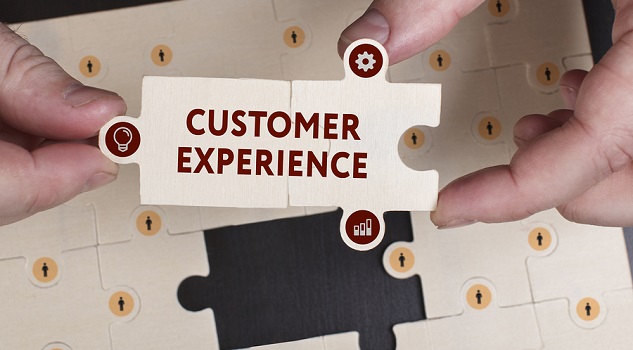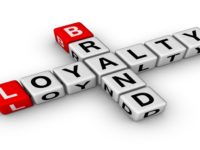There has been a huge surge in new online shoppers in the past two years meaning we have more customer data than ever so implementing a loyalty program is easier and quicker.
Most brands a quickly turning their attention to loyalty programs. But loyalty programs aren’t the be-all and end-all of customer retention.
Don’t get me wrong, I’m not saying they don’t help because they do! But a lot of loyalty programs don’t work. They can end up costing you more than you had planned for and don’t always give you an overall view of loyalty sentiment of your organisation.
You don’t need to imagine it. On average people belong to 14.8 programs and only engage in 6.7. Most people who join won’t engage. Yikes.
This is where customer experience kicks in to do the heavy lifting for the rest of your retention strategy. To start with customer experience resilience, you need to understand the difference between loyalty programs and customer experience programs.
A loyalty program only looks at the value of the people within your program whereas customer experience is the entire sum of every interaction with your business.
Now that you’ve understood this, let’s jump into this guide:
Understand your CX maturity
There are four levels of CX maturity in the market, the starters, the believers, the leaders and the co-creators. Let’s take a look at the key characteristics of each level.
- Starters: Early stages of the journey with a desire to develop CX resilience. Data is under-utilised. Characterised by low levels of engagement and little business buy-in.
- Believers: Typically department leads when it comes to CX. Leading to difficulties aligning customer initiatives to business operations. Using customer data is limited and as a result, are being outdone by Leader competitors. Innovation is desired but difficult to obtain through a lack of alignment
- Leaders: CX and EX initiatives are aligned to business vision and strategy. There is team alignment and buy-in from the top down. Training is a high priority. Further alignment is needed to extract and use stronger insights from customer data to drive project priorities.
- Co-creators: Actively co-creating CX with customers and rate highly across all measures, particularly leadership support, demonstrating performance and driving changes. Incremental performance strategies are in place. Good leadership, insight adoption & project management across the business is key.
To go from starters into believers and beyond, here are five things to begin mastering:
- Use the data you have to feed strategy: Understand the overall sentiment of customers, not just your loyalty members. Using the Net Promotors Score (NPS) method is great way to get this view. Share insight data across the organisation and ensure departments have champions who now how to use it.
- Gain cultural alignment towards CX: Shared KPIs and involve staff regularly on strategy, culture is CX king! Companies that have better EX and CX alignment see a 22 per cent uplift in profitability, and 21 per cent in productivity.
- Good project management: Just because you’re getting things done doesn’t mean they are getting done as well as they could be. Having good practices, rituals, rhythms and structure here is important, to avoid burnout and keep everyone aligned.
- Get the right benchmarks: Make sure you master some of the following metrics to use to feed your CX strategies, NPS, Employee NPS (eNPS), Customer Effort Score (CES) & Customer Satisfaction Score (CSaT). Find your benchmarks, set your own best practices and keep building.
- Incremental Performance: Once you’ve set your benchmarks and good project management, work on implementing incremental performance practices.
Most of all, start now! But don’t rush, make sure you have discipline to integrate your insights into business outcomes. You’ll be better off for it long term.
















